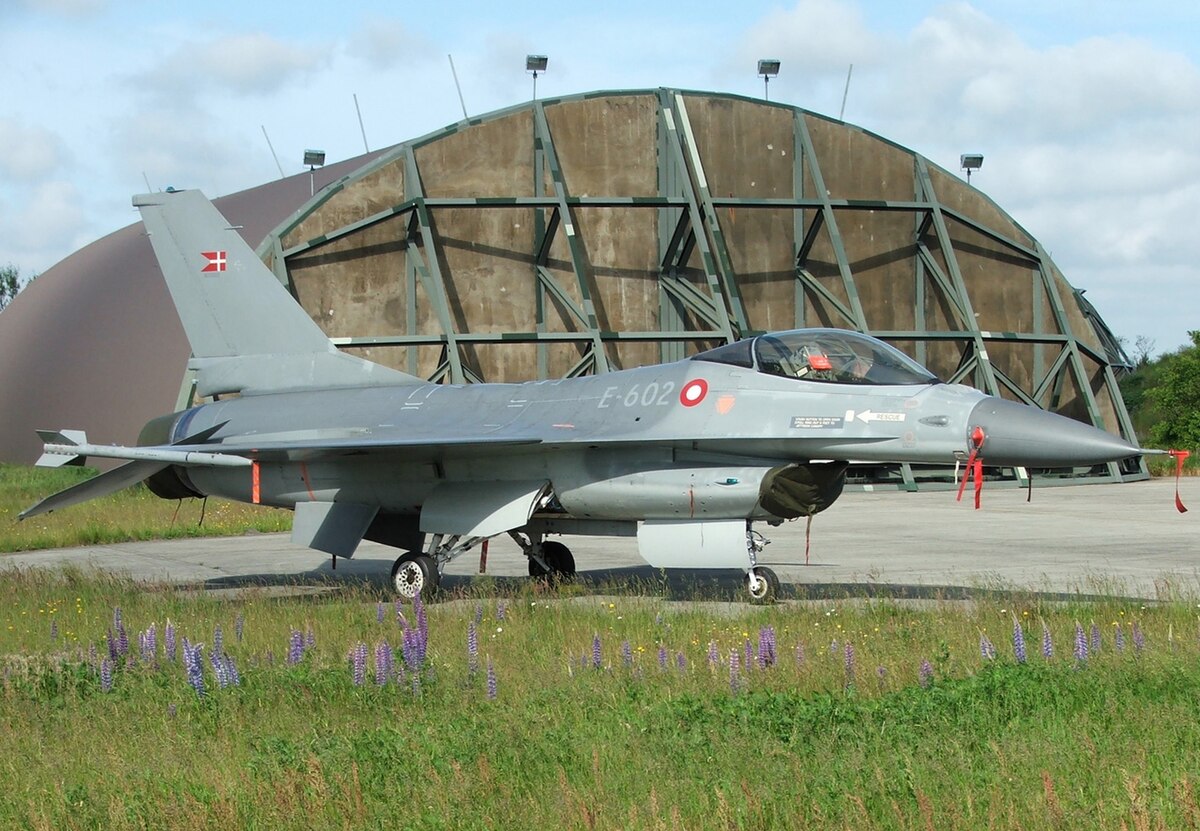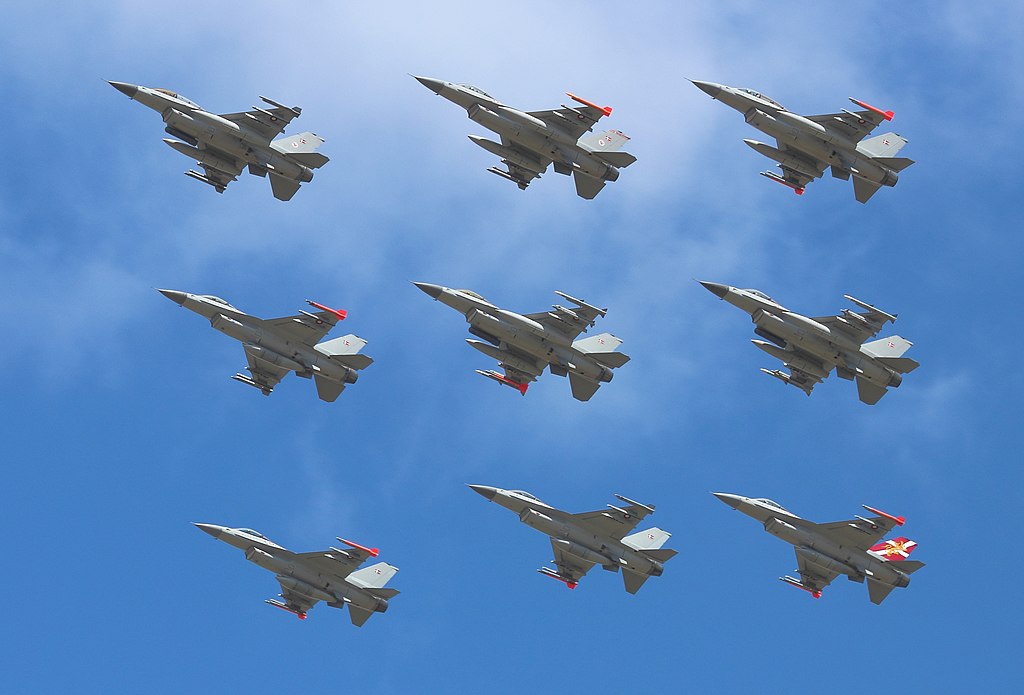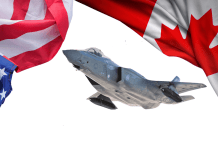After being decommissioned from its Air Force, the upcoming supply of F-16 Fighting Falcons to Argentina and Ukraine has accomplished a remarkable feat: it has simultaneously challenged two US foes – China and Russia.
Beijing ‘Shell Shocked’ By Saudi’s Decision To Abandon 052D Warship Under US Pressure – Local Media
In a bid to arm its aging air force, Argentina signed a $300 million contract with Denmark earlier this month to purchase 24 F-16 aircraft.
Commenting on the sale, Danish Defence Minister Troels Lund Poulsen said, “In close cooperation with our allies, we have donated 19 F-16s to Ukraine’s fight for freedom, and now we have sold 24 aircraft to Argentina in a good process that has created valuable ties between our two countries.”
Following the sale to Argentina, Denmark’s ambassador to Ukraine, Ole Egberg Mikkelsen, confirmed this week that the country would transfer the remaining fleet of its F-16 fighters to Ukraine by summer.
The Danish ambassador said, “Don’t worry. There will definitely be aircraft for Ukraine. This is our entire F-16 fleet, which is now being decommissioned because we are receiving a new generation of F-35s.”
While the statement sounds benign, it has far-reaching consequences for two adversaries of the United States: Russia and China. One has already lost against the F-16s, and the other will be bracing to face off against these combat-hardened fighter jets in the skies over Ukraine.
China Lost To 2nd-Hand F-16s
The F-16s managed to shoot down the JF-17 combat aircraft jointly produced by China and Pakistan without firing any missiles.
Argentina’s air force had been exploring options to procure a new fighter jet for decades. However, the nation’s precarious financial situation and the British blockade kept hampering these attempts.

From the outset, the China-Pakistan consortium producing the JF-17 fighter jets hoped to win a contract from Argentina.
The Argentine announcement about the F-16 purchase from Denmark closed the lid on a possible purchase of the JF-17 multi-role fighter. This is significant given that the Argentine Embassy in China had announced just last month that Argentina was contemplating buying the JF-17 fighter aircraft.
The JF-17 Block-III type, which Argentina was offered, boasts sophisticated avionics, electronics, and flight control systems, as well as an active electronically scanned array (AESA) radar and the ability to fire Chinese air-to-air missiles such as the PL-10, PL-12, and PL-15. This gave China high hopes for a possible sale.
Additionally, some analysts observed that the JF-17 might better fulfill Argentine’s needs from a commercial, tactical, and techno-industrial perspective, further fanning the flames of Chinese expectations.
Fearing that Argentina would purchase Chinese aircraft, the US intervened and offered its F-16 fighter jets to Buenos Aires, owing to concerns that if a purchase goes through, the Chinese aircraft would be stationed in its backyard.
Some observers believe that the decision in favor of the F-16 represents the effects of the US-China Great Power rivalry in South America.
Washington’s offer of F-16 fighter jets not only provided a viable alternative but also reflected broader strategic objectives aimed at countering Beijing’s expanding footprint in South America.
The Argentine purchase of the F-16 has been far more painful for the JF-17 consortium, which has been looking for export customers without any luck recently. The aircraft lost to the South Korean FA-50 for the Malaysian deal before losing to the Fighting Falcon in Argentina.
While Chinese combat fighters were defeated without firing a missile, the F-16 will be up for a challenging battle over Ukraine.
F-16s To Challenge Russia
With Denmark’s F-16s joining Ukraine’s growing fighter aircraft fleet, Kyiv may be able to deploy them on the front lines as early as this year. In addition to Denmark, the Netherlands, Norway, and Belgium have also promised their F-16s to the Ukrainian Air Force.
US-origin F-16 fighter jets from NATO countries will bolster the Ukraine Armed Forces and allow it to strike Russian territory using long-range munitions effectively.
NATO Secretary General Jens Stoltenberg previously announced that once Ukraine acquired US-made F-16 fighter jets from its allies, the nation would have the authority to deploy these aircraft to target legitimate Russian military targets beyond Ukraine’s borders.
Throughout the ongoing war, Ukraine, facing a significant aerial disadvantage, has resorted to using surface-to-air missiles to keep Russian aircraft at bay. The introduction of modern aircraft is hoped to extend this reach, target radar transmitters more effectively, and counter cruise missiles.
Although experts have suggested that the aircraft would not be a panacea for Ukraine, it does represent an upgrade over its current fleet, which is primarily composed of Soviet-era aircraft. The F-16s are expected to reduce Ukraine’s reliance on aging enemy-built hardware and strengthen its military capabilities while promoting deeper integration with Western partners.

The F-16s will supplement or replace the Cold War-era MiG-29, Su-24, and Su-25 aircraft currently in Ukraine’s fleet. The F-16s perform better, even with Ukraine’s creative attempts to equip these older aircraft with Western armaments. These incoming F-16s can carry more weapons than the MiG-29, Su-27, and Su-25; in that sense, it is comparable to the tactical Su-24 bomber used by Ukraine.
The ongoing battle between Russia and Ukraine has been unique in the sense that neither side has been able to establish air superiority over Ukraine, one reason behind the war not reaching a conclusive end after more than two years of fighting. Ukrainian officials have said on occasions that the Fighting Falcons would help them establish air superiority.
The timing of the F-16s joining the Ukrainian Air Force would be significant given that Ukraine has managed to shoot down several Russian combat aircraft since the beginning of this month and continues to pose a massive threat to the adversarial aircraft flying close to the frontline.
The Danish Defense Minister said earlier that the F-16s transferred to Ukraine would ensure security across Europe without overtly referring to Russia. “I strongly believe that Ukraine’s fight for freedom is our fight for freedom,” he said, “and that is why Denmark continues to help Ukraine as much as possible.”
- Contact the author at sakshi.tiwari9555 (at) gmail.com
- Follow EurAsian Times on Google News




